I have received to repair five TI-99/4A with the following defects:
- Black Screen
- Working but with some dirt on the screen.
- Vertical Stripes moving with a deafening sound.
- Blue Screen with thin vertical stripes and deafening sound.
- Blue Screen with thin vertical stripes and deafening sound.
The first two are repaired with the following faults:
Black Screen Fault: replaced TMS9929A followed by ROM CD2156NL
Dirt on the screen: replaced a 4116 RAM.
The third motherboard was used for spare parts.
The fourth and fifth motherboard with the blue screen have been the most annoying.
I spent 6 + hours to make measurements with an oscilloscope comparing one of the two motherboards with a working one to find the fault but the signals/voltages were absolutely identical.
So i have decided to go for exclusion and with a TI-99/4A Tech Data manual on my hand and 39.5 degrees in my Laboratory i have started to desolder and put a socket of the following components:
- 1 x TMS9901NL (20 +20 PIN)
- 1 x TMS9900NL (32 +32 PIN)
- 1 x TIM9904NL (10 +10 PIN)
- 1 x TMS 4732/2532 ROM U610 (12 +12 PIN)
- 1 x TMS 4732/2532 ROM U611 (12 +12 PIN)
- 1 x 74LS244 (10 +10 PIN)
- 1 x 74LS245 (10 +10 PIN)
- 1 x 74LS373 (10 +10 PIN)
- 1 x 74LS03 (7 +7 PIN)
- 1 x 74LS138 (8 +8 PIN)
- 1 x 74LS74 (7 +6 PIN)
- 1 x 4116 (8 +8 PIN)
After all this work nothing had changed, nothing worked, always BLUE screen.
I redid the measurements, but nothing, everything looked the same.
At this point there are only two static memories MCM6810P but that i don’t have investigated for what are used, because already on the motherboard are 8 x 4116 RAM Memory shared between Memory program and Video memory.
… anyway … i have tried to unsolder and put a socket.
So we add:
- 2 x MCM6810P (12 +12 PIN)
Et Voilà the two MCM6810P are both dead! both!
Obviously i don’t have this component in my laboratory, then i try to recover from the motherboard for spare these two RAM hoping that they are not faulty which however these RAM can be purchased online at a very low price.
The fifth and last motherboard that had the same defect of the previous one did not have the faulty ram MCM6810P.
To repair i had to replace the following components:
- 1 x 74LS04 (7 +7 PIN)
- 1 x TMS9900NL (32 +32 PIN)
![Robotron 2084 (TI-99-4a) - Cartridge by Fabrizio Corpetti [FACELE.EU] Robotron 2084 (TI-99-4a) - Cartridge by Fabrizio Corpetti [FACELE.EU]](https://www.nightfallcrew.com/wp-content/gallery/cache/15153__545x307_20190609_100054.jpg?fc00eb)
![Robotron 2084 (TI-99-4a) - Cartridge by Fabrizio Corpetti [FACELE.EU] Robotron 2084 (TI-99-4a) - Cartridge by Fabrizio Corpetti [FACELE.EU]](https://www.nightfallcrew.com/wp-content/gallery/robotron-2084-ti-99-4a-cartridge-by-fabrizio-corpetti-facele-eu/thumbs/thumbs_20190609_100054.jpg?fc00eb)
![Robotron 2084 (TI-99-4a) - Cartridge by Fabrizio Corpetti [FACELE.EU] Robotron 2084 (TI-99-4a) - Cartridge by Fabrizio Corpetti [FACELE.EU]](https://www.nightfallcrew.com/wp-content/gallery/robotron-2084-ti-99-4a-cartridge-by-fabrizio-corpetti-facele-eu/thumbs/thumbs_20190609_100123.jpg?fc00eb)
![Robotron 2084 (TI-99-4a) - Cartridge by Fabrizio Corpetti [FACELE.EU] Robotron 2084 (TI-99-4a) - Cartridge by Fabrizio Corpetti [FACELE.EU]](https://www.nightfallcrew.com/wp-content/gallery/robotron-2084-ti-99-4a-cartridge-by-fabrizio-corpetti-facele-eu/thumbs/thumbs_20190609_100141.jpg?fc00eb)
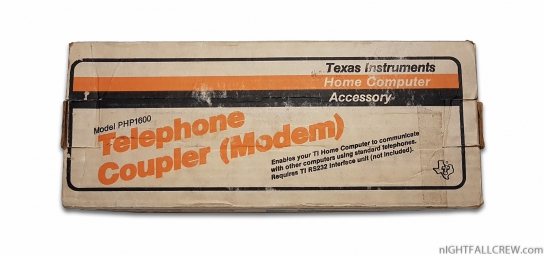





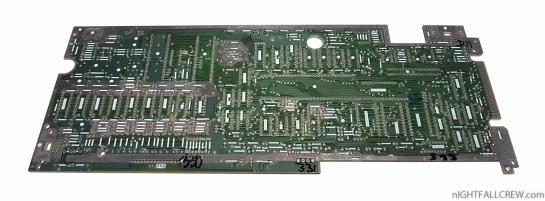




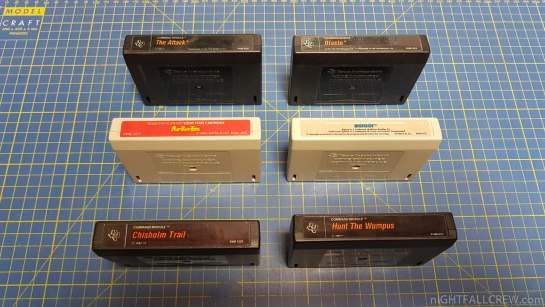
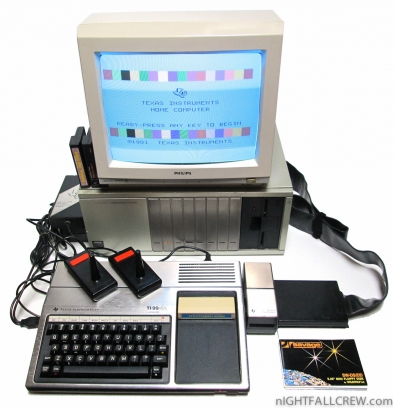




























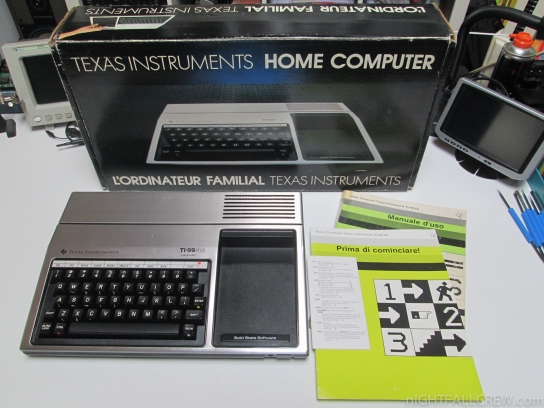















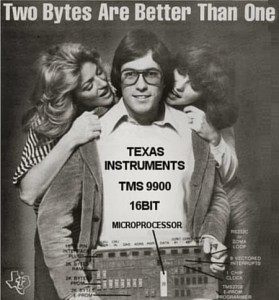



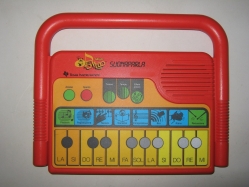










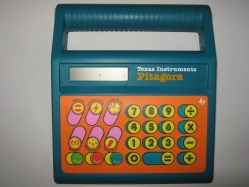











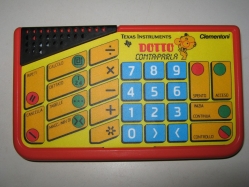






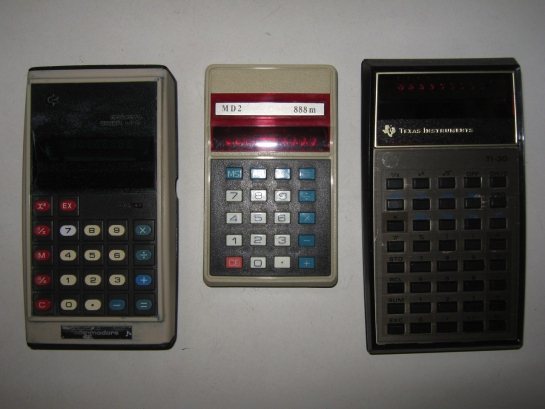















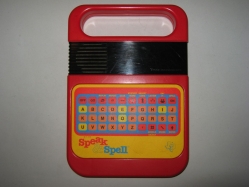











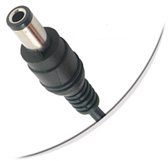



Recent Comments